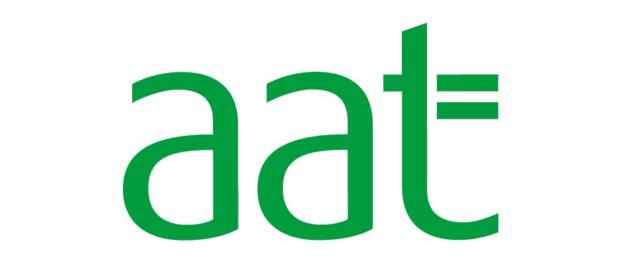
When running a business there are few things more fundamental than being able to understand and keep on top of your business finances. Financial statements are a crucial part of this – providing you with key information to help you monitor and analyse your overall performance. This guide will provide you with a quick summary of the main types of financial statements and what they’re used for.
What are financial statements?
Financial statements play an important role in helping you to understand the financial position of your business. These statements – or reports as they’re sometimes referred to –showcase a mixture of financial information, including:
- Balance sheet (statement of financial position)
- Profit and loss account (income statement)
- Cash flow statement
Limited companies are legally required to produce financial statements (both a balance sheet and profit and loss account) when they file their company accounts at the end of the financial year. Presented in a structured format, these reports are usually prepared by your accountant or finance team.
A sole trader has no legal obligation to file financial statements with a public body, however, it is strongly recommended that they maintain reports in some capacity.
It’s not just a compliance exercise, though. If you’re looking for investment, lenders and investors will usually want to see your financial statements before committing funds. Staff, particularly budget holders, should be familiar with financial statements too – to ensure financial responsibility is maintained across the business.
Understanding the balance sheet
Let’s start with a quick summary of one of the main financial statements. The balance sheet provides a statement of the assets, liabilities, and equity of a business at a particular point in time.
Using the ‘accounting equation’, the figures in your assets and liabilities columns can be used to calculate your equity (also known as ‘net assets’, ‘net worth’, or ‘capital’) – in other words:
Equity = assets – liabilities
To explain in more detail, assets are items owned or controlled by the business which have the potential to produce income or other benefits. For example, buildings, machinery, or even other companies. Money owed to you, known as receivables, is included in this category.
Accounting standards require you to separate long term, or non-current assets (sometimes referred to as ‘fixed’) from short term or current assets, for example:
| Non-current (fixed) | Current |
|---|---|
|
Motor vehicles |
Cash |
|
Computer equipment |
Stock |
|
Machinery |
Debtors (customers that owe you money) |
|
Land and buildings |
|
Liabilities are an obligation to transfer cash or services as a result of past events. This may be to pay an invoice, deliver goods or services that have been paid for, or to honor a warranty. Money owed to suppliers is known as payables.
Again, liabilities should be separated into non-current and current liabilities. Non-current refers to amounts not due in the next 12 months such as mortgages and long-term loans. Current liabilities are a business’ debts or obligations that must be paid within one year. These include invoices due to suppliers (payables), goods that have been paid for but not delivered to customers, short term loans like bank overdrafts.
| Non-current (long-term) | Current (short-term) |
|---|---|
|
Mortgage |
Creditors (suppliers you owe money to) |
|
Loans |
VAT (the VAT you owe to HMRC if you are VAT registered) |
|
Salary |
PAYE and NI (if you employ staff) |
Profit and loss account
A profit and loss account is an account compiled to show gross and net profit or loss during a specific time period – for example, a month, a quarter, or a year. The simplest profit formula is:
total income – total expenses = profit.
Income (sometimes called revenue) is mainly the operating income received from sales of goods and services. Other income can come from interest received on savings or discounts received for paying quickly.
Expenses are the day to day running costs of the organisation, for example, buying goods for manufacturing or for resale, paying wages, or buying general items or services that are consumable.
It is important to understand that profit is calculated over a period of time. This is a fundamental concept, called the accruals concept, which states that income for a period must be matched against the expenditure for the period.
A profit and loss account will help you calculate the following:
- Sales revenue
- Cost of sales
- Operating expenses
- Net profit
- Gross margin
- Net profit margin.
Cash flow statement
Although not a legal requirement, cash flow statements are used by many businesses to monitor their cash inflows and outflows, including:
- how much you expect to spend in costs
- how much you expect to make in sales
- your cash position each month.
Forecasting like this is crucial – especially for those businesses that see significant seasonal changes in income and expenditure.
If you’re a small restaurant business in Cornwall, for example, you’d expect to have busy summer months and quieter winters. Your cash flow statement details those movements – for example, increased staff costs next to increased sales income in July and August. Based on these figures, you’re able to calculate the cash shortfalls and surplus for each month. This helps you to know when, for example, you’ll have cash to invest in the business.
Know your numbers
It’s important that you’re able to make sense of financial statements and not just relying on your accountant to deliver news at the end of the financial year – by which point, it may be too late to take action. Accounting software plays an important role in getting you closer to real-time data on your business, but you also need to know what to look for. Educating yourself on basic finances will help you to spot the danger signs as well as identify growth opportunities.


